Ed Whitlock interview, 2008
I was already impressed with Ed Whitlock before I met him in 2008. Then I found out about his training regimen.
By Mark Sutcliffe, reprinted from his book Why I Run
Whitlock doesn’t just defy aging with his world-record, age-group race performances, such as becoming the first person over seventy to run a marathon in less than three hours. He defies logic with his relentless routine.
To train for a marathon, Whitlock runs for three hours a day, seven days a week. And if you’re searching for a metaphor for a man who has cheated aging, hedoes all his running in a cemetery. Round and round the gravestones he runs, as if he’s taunting the gods who have pried younger men from their lives while he’s maintained impossible racing times.
The loop is only a third of a mile, so he can end up running it sixty times or more. He doesn’t bring any water and doesn’t count his laps or measure how far he’s run. He carries only a watch so he knows when it’s time to stop.
“Absolutely, it gets boring,” he says. “But for me, it has some advantages. It’s just 200 yards from home. In the winter, you don’t run against the wind for any length of time, and they clear the road. In the summer, most of it’s in the shade.
“I never claim that’s what everybody ought to do, but it works for me.”
Whitlock was always a fast runner. He was a competitive athlete in high school in England. He gave up running when he moved to Canada, but took it up again in his forties, racing internationally in middle- distance events. He won the World Masters in the 1500 metres for men forty-five and older in 1979.
That year, he also ran a 2:31 marathon, which he now says “wasn’t bad for a middle-distance runner.
“I was forty-eight, so I was getting old,” says Whitlock.
His running dwindled again in his fifties, but he took up long- distance running in his sixties and started knocking down one record after another.
He ran a series of sub-three-hour marathons in his late-sixties and got the idea that he might be able to do it in his seventies.
“That was an objective worth going for,” he says.
In 2001, at the age of seventy, he came up just short. At a marathon in London, Ontario, he finished in 3:00:24. It was a world record for anyone over seventy, but it wasn’t fast enough.
After taking a year off because of an injury, he trained for the Scotiabank Toronto Waterfront Marathon in 2003 and planned to try again to break three hours. But six days before the marathon, he was almost knocked out of the race.
“I was walking over to the mall and I was walking along quite briskly and I managed to do a face plant on the sidewalk,” he says. “I found out afterwards that I broke my nose. I had two black eyes and all kinds of abrasions all over my face. It wasn’t a pretty sight.”
Whitlock says many people told him not to run the race, but he did it anyway. He was ahead of his goal pace at 35k, but then it started getting tougher.
“It was a real struggle to get home,” he says. “Fortunately I got in with a little group of runners that helped me along. I stayed with this group, grimly hangingon, until about forty or forty-one. And one guy stayed with me and shepherded me home.”
He finished in a time of 2:59:08, becoming the oldest person ever to break three hours.
“The photographs of me finishing are not pretty. I had all these facial disfigurements for one thing, and I was showing obvious distress apart from that. I was leaning over to one side. I was happy to have got it done, but I was still embarrassed about the way I finished and the way I looked. It was a feeling more of relief than elation.”
The next year was a different story. At seventy-three years old, he ran the Toronto Waterfront again and finished in 2:54:48.
“It was an absolutely marvellous race,” he says. “I wish I knew how you could do that all the time. It would be nice to be able to bottle it. I finished in great shape, I wasn’t in any distress.”
How is Whitlock able to do it? Not even he is sure.
“I suppose a large part is genetics,” he says. “I suspect that’s more than ninety per cent of it. I’m naturally light, I have good mechanics. I don’t pound as much as most people would do.”
And although he’s occasionally sidelined by an injury, he has no intention of stopping.
“Do I have any thoughts that I’ll be running in my nineties? Yeah. I’ll run as long as I can.
“I’d just like to keep running, mainly. That’s what I’d like to do. And set some eighty-year-old records, maybe. They’re well within reach if I could keep running.”



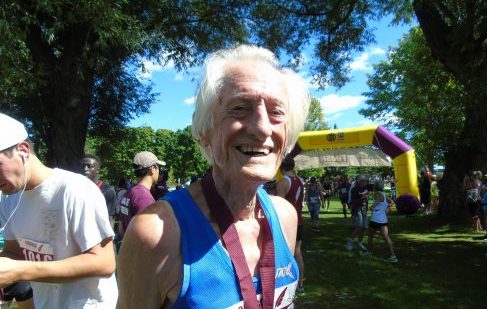
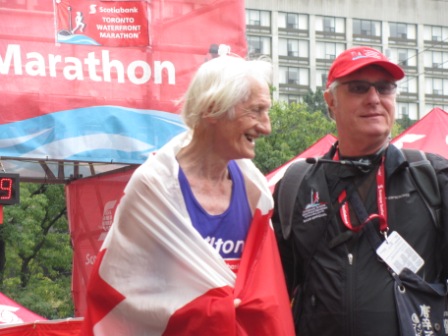



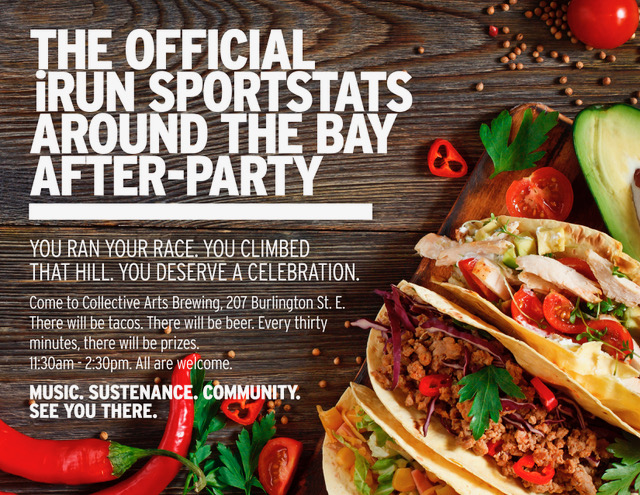


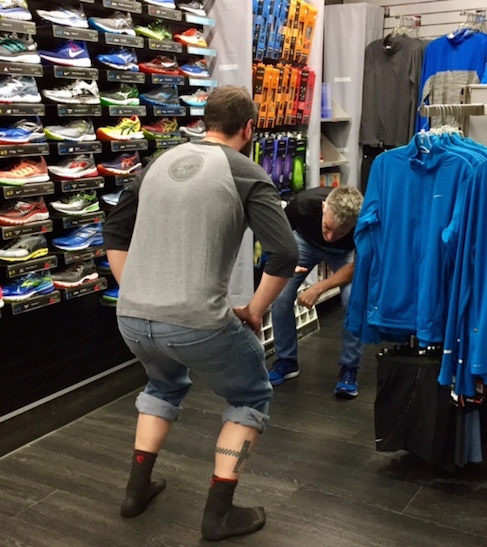
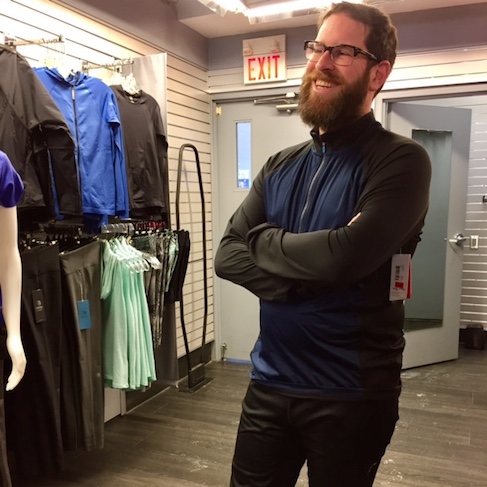
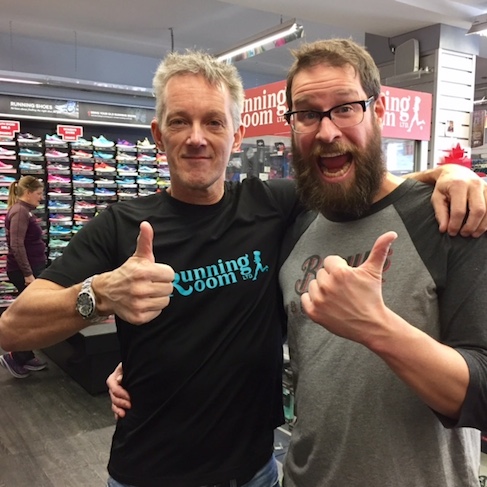

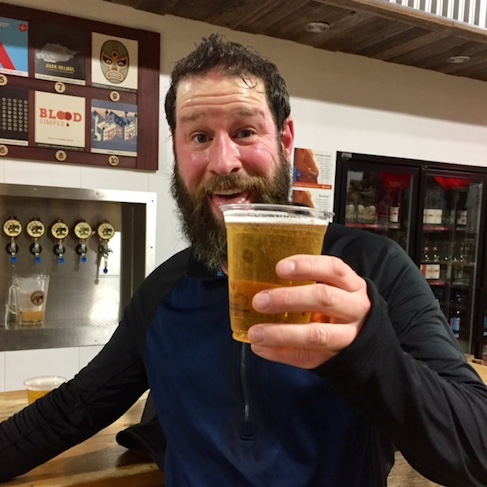

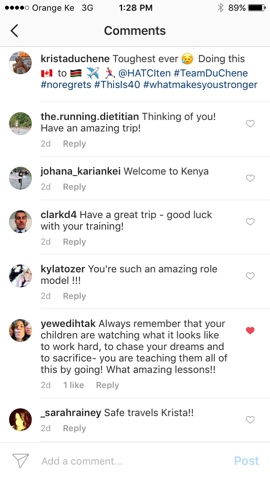

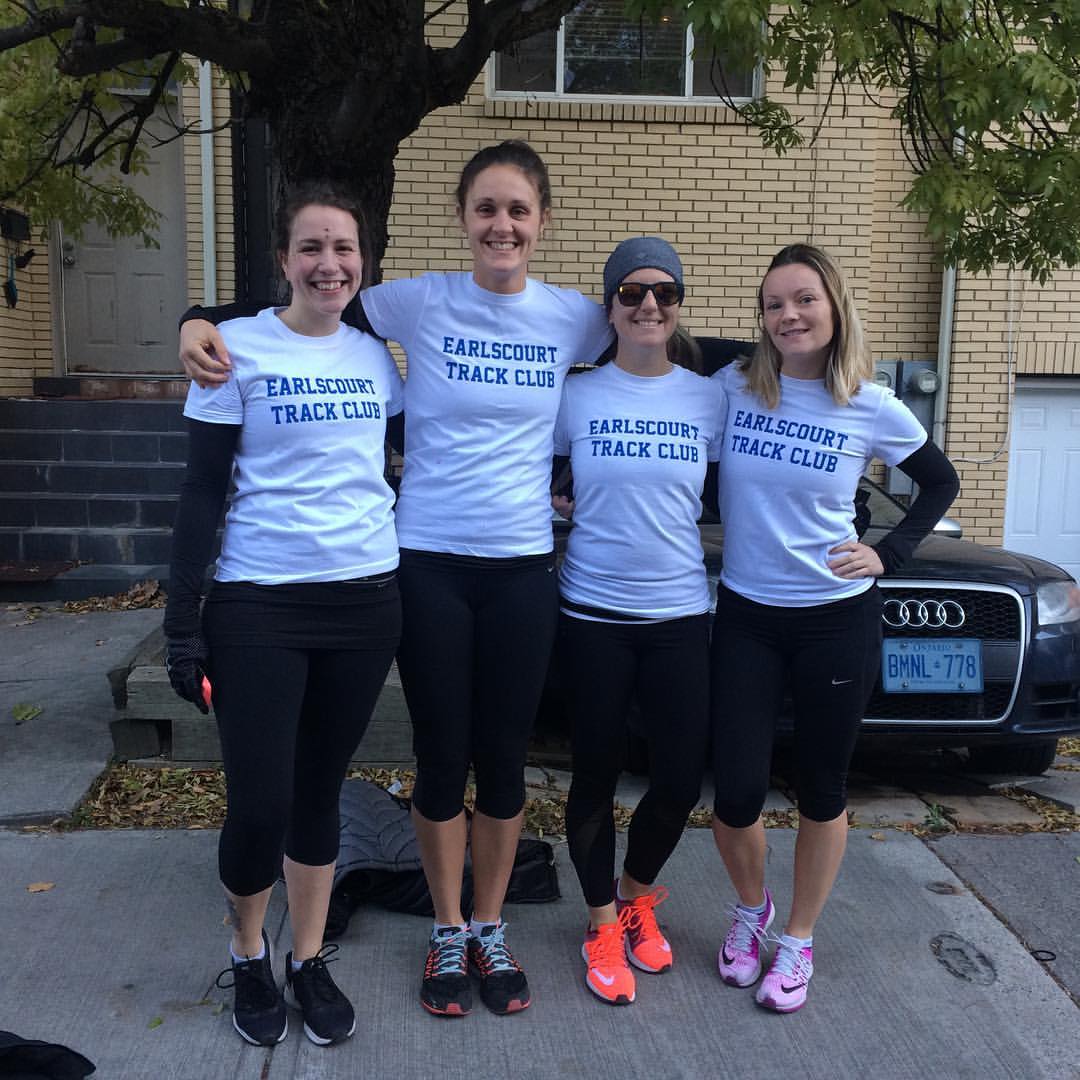



 Our Magazine
Our Magazine
